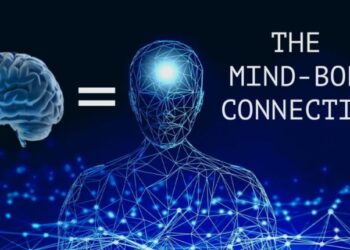Imagine you receive some textual data in the form of an image file. Manually entering it eats up your time and leaves you open to mistakes. The best solution is to use an online image-to-text converter. The platform can extract even blurry images and prepare a text document that’s ready for copy-pasting!
Optical Character Recognition (OCR)
Optical character recognition (OCR) is a technological process that converts text on scanned or photographed images into digital text that can be edited, stored or searched for. It’s a popular tool for businesses that need to digitize information from documents or photographs into an electronic system. It also helps reduce data entry costs and improve accessibility for visually impaired individuals.
The OCR process starts by uploading an image file containing textual information, such as a receipt or a handwritten document. The quality of the input image plays a role in determining how accurate the OCR results will be. Clearer photos will yield more accurate results than blurry ones. Once the OCR software has processed the image, it will return a list of words or phrases that match the text in the original file. The result is a text file that can be edited and saved as a Word or PDF document. Using an OCR tool is a great way to save time and avoid the hassle of manually typing text from images.
Microsoft Word
If you have images with text that need to be converted into a Word document, you’ll want to use a how to convert image to text tool that can handle the job quickly and accurately. Microsoft Word doesn’t have a built-in OCR feature for converting images into text, but you can workaround this limitation by using a different app. Once you’ve uploaded your image, you can select the text to copy it to the clipboard or right-click to copy it into the Word document. You can also click ‘Perform OCR’ to convert the text into a searchable PDF file.
If you want to save your file to a preferred location, you can do so by selecting ‘Save’ from the options menu. This allows you to easily locate your image or text later on, as well as save it with the exact formatting you want. Alternatively, you can save the file as a Word document and edit it as you see fit.
Google Docs
Google Drive has a built-in feature that allows you to convert image files and PDF documents into editable text. The tool uses OCR to identify text within the file and convert it into digital form. It can work with a variety of file formats, including JPG, PNG, TIF, and WEBP. It’s a great option for converting images of handwritten text or long, high-resolution PDFs. To use this tool, simply upload your image or PDF to Google Drive and right-click on it. Click “Open with” and select “Google Docs.” The file will be converted to a document in Google Docs, and the text from the original image will be displayed below the document.
The Google Docs OCR service is free to use. However, the results may not always be accurate. This can be due to a number of factors, such as the orientation of the document, the language used in the text, and the type of font.
CamScanner
Despite the fact that there are numerous scanner apps out there, CamScanner stands out thanks to its thoughtful approach to user needs. Its OCR and deep learning technology enable it to identify text, recognize documents as PDFs, convert them into PPT or Excel spreadsheets, and more. The app also features a number of unique functions, including photo enhancement and colorization and the ability to recover vintage photos. The company’s business account offers advanced features, including batch processing and document access management.
To use the app, simply select an image from your gallery or take a new one with your camera. Then, select the language of the text in the image and wait for the app to complete its processing. The resulting text can then be copied and pasted into any document or text editor. You can even save the scanned text as a PDF file. This makes it easy to store and share your documents with others.
Conclusion
Many of our documents are saved in image formats, such as photos of receipts or handwritten notes. To edit them, we need to convert them to text. This requires Optical Character Recognition, OCR. Most open source Python libraries offer basic OCR but struggle with complex images that contain varying text placement and background colors. For such use cases, an automated OCR workflow platform is required.










